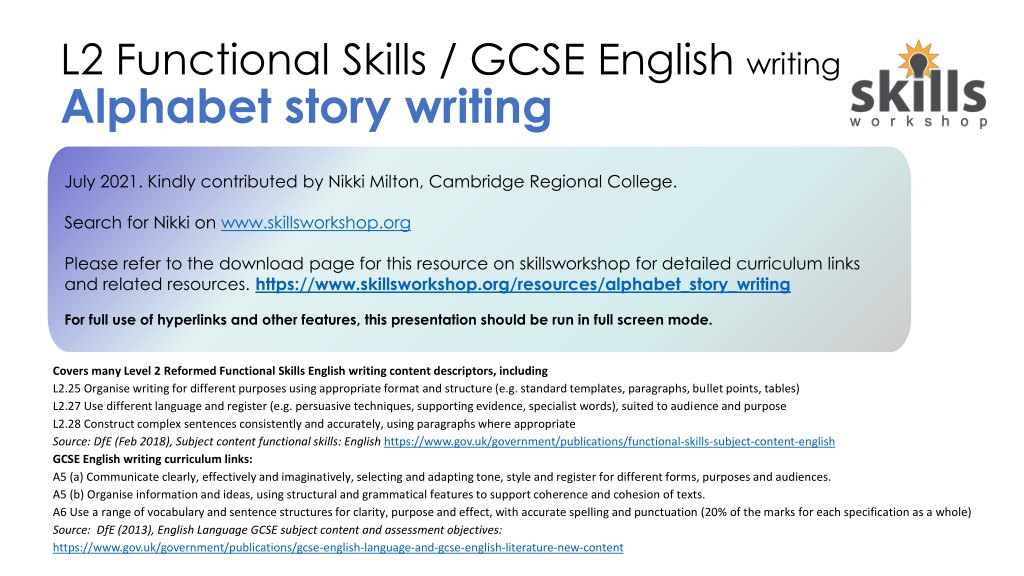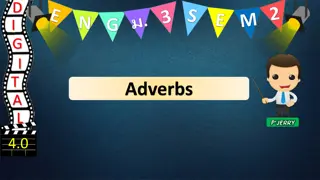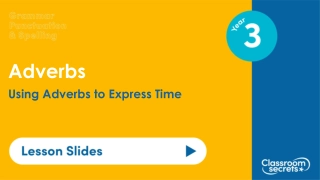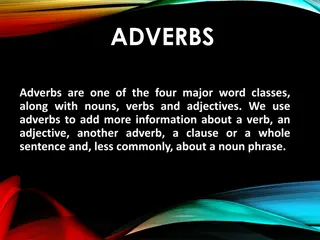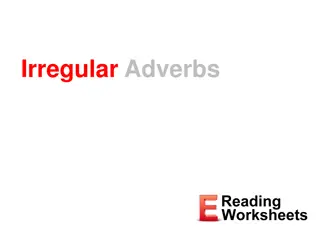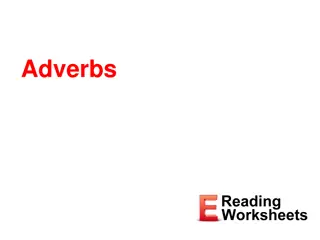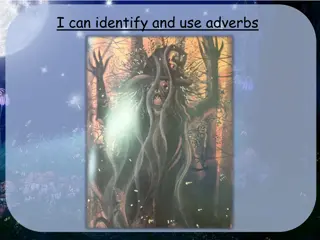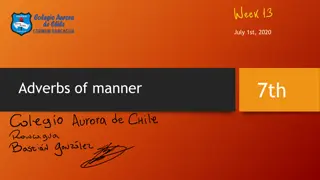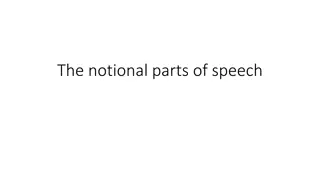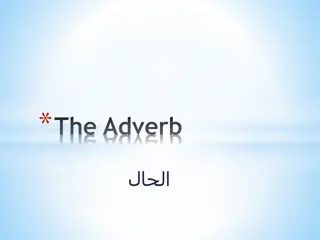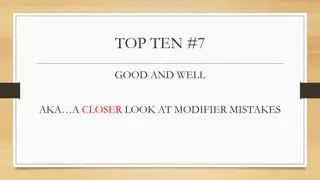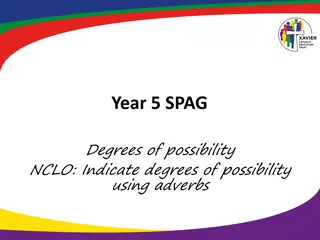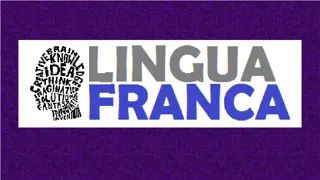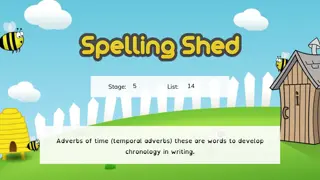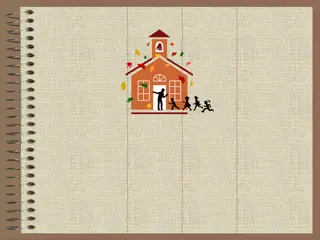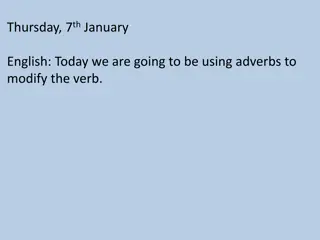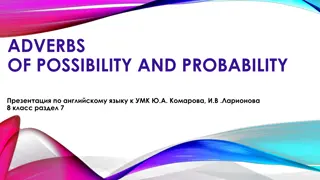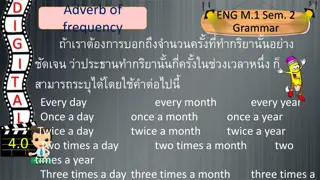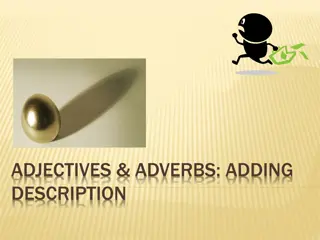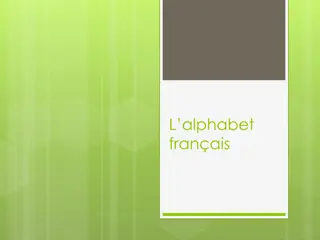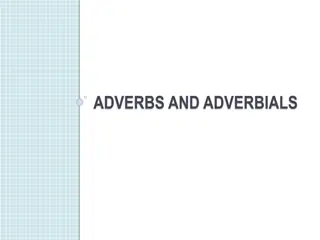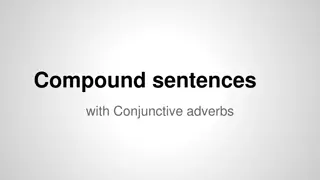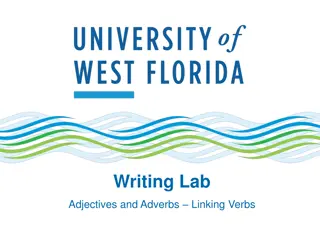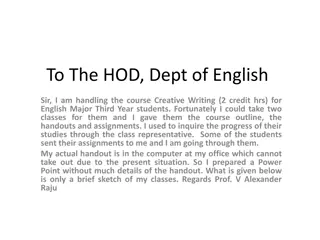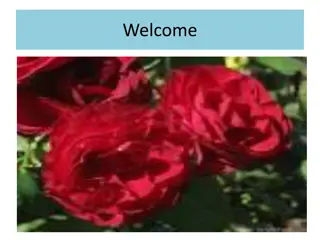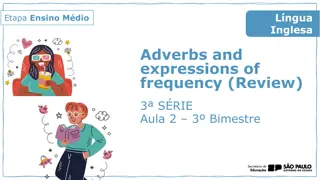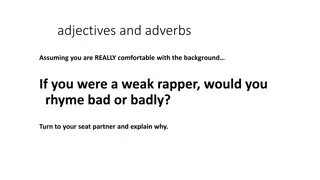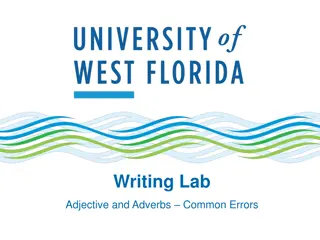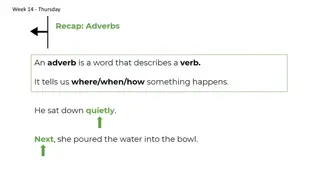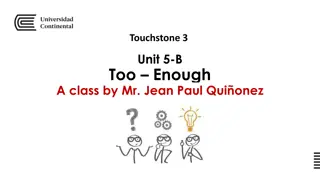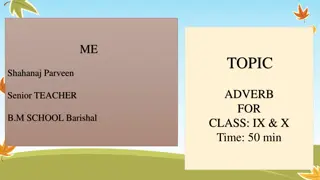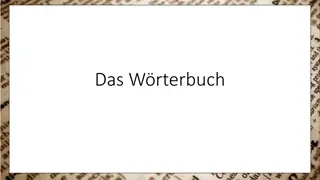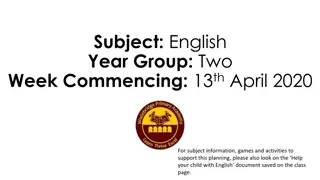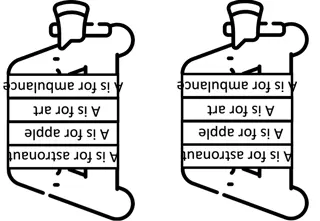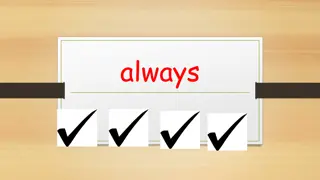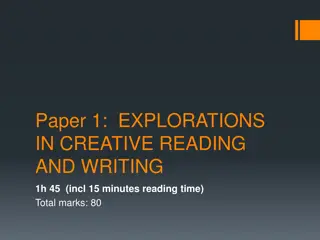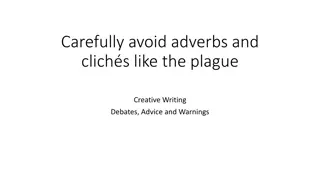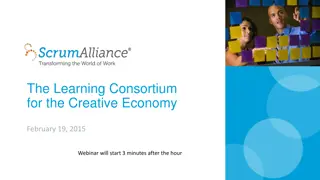Alphabet Story Challenge: Dive into Creative Writing with Adverbs
Engage in a unique writing exercise by crafting a story of 26 sentences where each starts with a consecutive letter of the alphabet. Explore the use of adverbs while incorporating specific elements like dialogue, language techniques, and various sentence structures. Enhance your storytelling skills through plot analysis, character development, and structural refinement.
Download Presentation

Please find below an Image/Link to download the presentation.
The content on the website is provided AS IS for your information and personal use only. It may not be sold, licensed, or shared on other websites without obtaining consent from the author. Download presentation by click this link. If you encounter any issues during the download, it is possible that the publisher has removed the file from their server.
E N D
Presentation Transcript
L2 Functional Skills / GCSE English writing Alphabet story writing Description: swlogo July 2021. Kindly contributed by Nikki Milton, Cambridge Regional College. Search for Nikki on www.skillsworkshop.org Please refer to the download page for this resource on skillsworkshop for detailed curriculum links and related resources. https://www.skillsworkshop.org/resources/alphabet_story_writing For full use of hyperlinks and other features, this presentation should be run in full screen mode. Covers many Level 2 Reformed Functional Skills English writing content descriptors, including L2.25 Organise writing for different purposes using appropriate format and structure (e.g. standard templates, paragraphs, bullet points, tables) L2.27 Use different language and register (e.g. persuasive techniques, supporting evidence, specialist words), suited to audience and purpose L2.28 Construct complex sentences consistently and accurately, using paragraphs where appropriate Source: DfE (Feb 2018), Subject content functional skills: English https://www.gov.uk/government/publications/functional-skills-subject-content-english GCSE English writing curriculum links: A5 (a) Communicate clearly, effectively and imaginatively, selecting and adapting tone, style and register for different forms, purposes and audiences. A5 (b) Organise information and ideas, using structural and grammatical features to support coherence and cohesion of texts. A6 Use a range of vocabulary and sentence structures for clarity, purpose and effect, with accurate spelling and punctuation (20% of the marks for each specification as a whole) Source: DfE (2013), English Language GCSE subject content and assessment objectives: https://www.gov.uk/government/publications/gcse-english-language-and-gcse-english-literature-new-content
Alphabet Story teaching notes For best results, learners should be familiar with the following: P.A.F (Purpose, audience, form) Genres TiP ToP paragraph rule (change of time, place, topic or person) Language techniques Story openers and endings Analysing structure These could be covered in previous sessions, or as an introduction to support them within this session.
Alphabet Story Write a story of 26 sentences, each beginning with the next consecutive letter. For X you can cheat and write a word beginning ex . Example: Anxiously, I waited. But the phone refused to listen to my pleas. Call now! I ordered. Defiantly, it stared back. Even a text would do, I begged. Adverb Challenge Alphabet Story Challenge Write an adverb for beginning with each letter of the alphabet. Try to include two or more from the list below: at least three pieces of dialogue (speech) three language techniques four different types of punctuation a mix of simple, compound and complex sentences two explicit facts about the protagonist (main character) two hints about the character that we can infer from reading e.g. bravely, heroically, hurriedly
Whats it about? Read through your 26 sentence story. What is the plot? Who is/are the main character(s)? What are the key structural shifts? Challenge Split your writing into paragraphs using the TiP ToP rule. Map the five stages of the story mountain against your writing. Can you find each of them? Review each paragraph and identify how you can develop each section further. Redraft your story to include additional detail/information. Proofread your story. What went well? How could it be improved?
The blurb Draft the blurb for the back cover of your story. Think about what explicit information you need to include and how much you want to leave up to the reader s imagination. Front cover Think about the genre, the plot and attracting your audience. Describe what the front cover would look like. What image would you have? What title are you going to give your story?
